Docket ID No. OW-2003-0070
Comments Related to the Proposed Cyanide Determination Methods
Federal Register / Vol. 69, No. 66 / April 6, 2004 / Proposed Rules, pp. 18166 – 18226
Prepared by: Emil Milosavljevic, Ph.D. and Ljiljana Solujic, Ph.D.
Distillation-based methods for determination of operationally defined cyanide have very limited application because of the serious interferences from the species likely to be found in most of the cyanide containing effluents. To the best of our knowledge, there are no reliable spot tests for detecting the presence of some of these interfering species.1 Hence, distillation-based methods should only be used for cyanide determination of samples that have well defined and constant matrix that do not contain interfering species. For example, distillation based methods should not be used for cyanide determination of samples originating from precious metals cyanidation effluents, water treatment plants, petroleum refineries, coke producing plants, elemental phosphorous producing facilities, etc. In addition, these methods should not be used to monitor cyanide detoxification processes because cyanide and oxidant(s) (sulfite, thiosulfate, peroxide, etc.) can coexist in solution. The high temperature during distillation shifts the equilibrium towards the formation of the oxidation products (OCN and/or SCN-, etc.), which can result in serious underestimation of cyanide levels that are actually present in the original sample.
As several authors have demonstrated
The interference problems associated with the distillation-based total cyanide determination stem from the fact that the method utilizes extremely harsh analytical conditions (t>100 °C and pH<0). In addition, the actual chromogenic reaction in the spectrophotometric quantitation procedure involves the addition of a strong oxidant (chloramine-T). These conditions along with the complexity of the sample matrices, often produce complicated reaction pathways that can result in the production of cyanide (real or as an artifact) during distillation and/or associated colorimetric quantitation procedures. However, the consequences of the partial or complete destruction of cyanide during the distillation process are even more worrisome. In other words, it is possible that a water source may be deemed safe because the distillation-based analyses found no cyanide present even though high levels of cyanide are present in solution.
Some examples of both negative and positive biases of the distillation-based methods for cyanide determination follow.
Table I (adapted from references [8, 9]) shows concentration of cyanide found in NaCN standards containing interfering species.
TABLE I. Concentration of CN- in the Samples Containing 0.200 mg/L CN- (added as NaCN) and 20.0 or 200 mg/L of Interferent Obtained with Method 335.4.
| Species | Ratiob | CN– found(mg/L)a | Ratiob | CN– found(mg/L)a |
| SO3 | 32 | 0.080 (10.0) | 320 | 0 |
| SCN– | 45 | 0.174 (8.0) | 450 | 0.054 (1.0) |
| S2O32- | 23 | 0.124 (4.3) | 230 | 0.040 (3.2) |
a % Relative standard deviations (n = 3) are given in parentheses. b Molar concentration ratio: species/CN –.
For comparison purposes, the cyanide recoveries in the presence of the same sulfur-containing species by the flow injection mild UV digestion amperometric method (FI/UV) described earlier [8]2 are shown in Table II.
TABLE II. Concentration of CN- in the Samples Containing 0.200 mg/L CN– (added as NaCN) and 20.0 or 200 mg/L of Interferent Obtained with FI/UV method.
| Species | Ratiob | CN– found(mg/L)a | Ratiob | CN– found(mg/L)a |
| SO3 | 32 | 0.199 (0.5) | 320 | 0.175 (1.3) |
| SCN– | 45 | 0.208 (1.4) | 450 | 0.211 (2.4) |
| S2O32- | 23 | 0.196 (1.1) | 230 | 0.218 (2.9) |
a % Relative standard deviations (n = 3) are given in parentheses. b Molar concentration ratio: species/CN-.
One of the primary problems with the standard methods for total cyanide determination is the interferents for which there are no reliable recognition tests (“spot tests”). That is the case, for example, with the SCN-, SO3 2- and S2O32- ions. These are the species that are often found in the cyanide containing samples.3 From the results obtained (Table I), it is obvious that the sulfuric acid distillation procedure creates conditions that may result in the reaction of cyanide with either the reaction products of these species with acid or with the species themselves.
In the case of sulfite, recoveries of cyanide with the distillation procedure from 0.200 mg/L CN- solutions containing 20.0 and 200 mg/L SO3 2- are 40 and 0%, respectively. The concentrations of CN- in the absorbing solutions found after distillation were determined with colorimetric as well as with amperometric detection methods. Since comparable results were obtained, it is clear that the low recoveries are caused by the oxidation of cyanide with sulfite and not because of the reaction of SO3 2- with chloramine-T in the colorimetric quantitation step. On the other hand, corresponding recoveries obtained with the FI/UV method are 100 and 88%. Low recoveries of cyanide in the presence of sulfite obtained with the distillation procedure are probably due to the temperature enhanced sulfite oxidation of cyanide to cyanate.
As may be seen from Table I, incomplete cyanide recoveries were also obtained in the presence of thiocyanate with the Method 335.4. It has been established previously that decomposition of thiocyanate at elevated temperatures in the acidic solutions and in the absence of oxidants produces elemental sulfur, sulfur(IV) oxide, as well as carbonyl sulfide which is converted to sulfide upon adsorption in alkaline solution [1, 11]. Under similar conditions the thiosulfate ion may be converted to sulfur, sulfur(IV) oxide, hydrogen sulfide and polysulfide [12]. The high temperature distillation of cyanide containing samples in the presence of thiocyanate and/or thiosulfate creates conditions conducive to the conversion of cyanide to other species, which in turn causes a decrease in cyanide recoveries. Hence, it is not surprising that the recoveries of cyanide in the presence of the 20.0 and 200 mg/L SCN- obtained by the Method 335.4 are 87% and 27%, respectively. The corresponding recoveries in the presence of S2O3 2- are 62% and 20%. In contrast, complete cyanide recoveries in the presence of the SCN- and S2O3 2- are obtained with the FI/UV method [8] (for details please see Tables I and II). It should be noted here that the standard distillation Method 4500-CN [13] recommends the addition of lead carbonate to the NaOH absorption solution prior to the distillation of the cyanide samples that may also contain various sulfur species. Our experiments [6], as well as the results obtained previously [3] show that the treatment is not effective in removing SO3 2-, SCN- and S2O3 2- interferences, and may in fact be problematic. It is obvious that utilization of the distillation-based methods for determination of cyanide often produces underestimation of cyanide levels, which may produce a dangerous sense of false security with a serious safety and health ramifications.
It is interesting to note that the SCN- ion may also cause a positive interference in the determination of cyanide under the distillation protocols. At high acidity and in the presence of strong oxidants (for example, NO3 -), the sulfur in the thiocyanate is oxidized with concomitant liberation of hydrogen cyanide [2]. Under the experimental conditions that exist during the FI/UV determination of cyanide, no production of HCN from SCN- in the presence of nitrate occurs. For example, cyanide recovery from the sample containing 0.200 mg/L CN-, 500 mg/L NO3 – and 100 mg/L SCN- was 102% [8]. The corresponding recovery with the distillation procedure was over 5000%.
Research by Carr et al. shows that various carbon sources produce cyanide during the low pH distillation processes [7]. For example, ∼14 ppm of CN- was produced when solution containing 5 mmol/L of i-propanol was distilled in the presence of sodium nitrate. Corresponding experiment in the presence of sodium nitrite produced ∼120 ppm of cyanide. It is obvious that positive bias in the determination of cyanide may cause false alarms and unnecessarily high cyanide detoxification costs.
1 If the spot test methods do exist, they are often not sensitive enough (e.g. tests for sulfide and oxidants).
2 This method has significant advantages over the distillation-based methods for determination of total cyanide. The results of the round-robin testing in which eight laboratories analyzed nine samples each were very good. Samples in this study were obtained from diverse sources such as: 1, drum handling facility (filter effluent); 2, POTW (secondary effluent); 3, petroleum refinery (secondary effluent); 4, coke plant (secondary effluent); 5, rolling mill (filter effluent); 6, metals forming plant (primary effluent); 7, die casting plant (secondary effluent); 8, precious metal operation (reclaim water); 9, water treatment plant (filter effluent). The method was submitted to the EPA but was never approved.
3 Sulfite and thiosulfate are used for cyanide detoxification and under certain conditions these species can coexist with cyanide in solution.


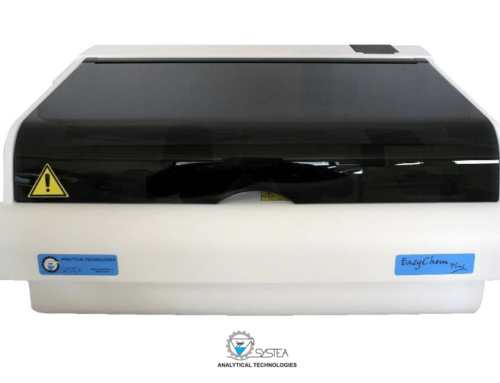
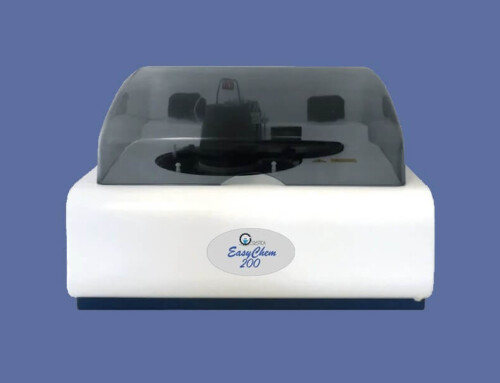
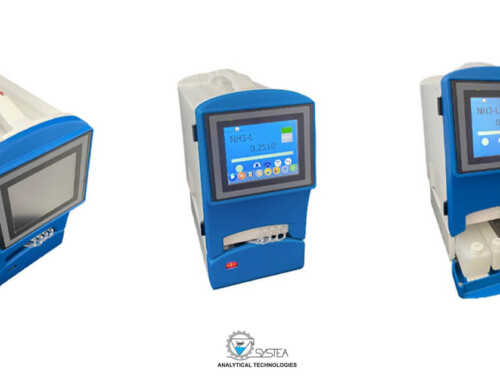
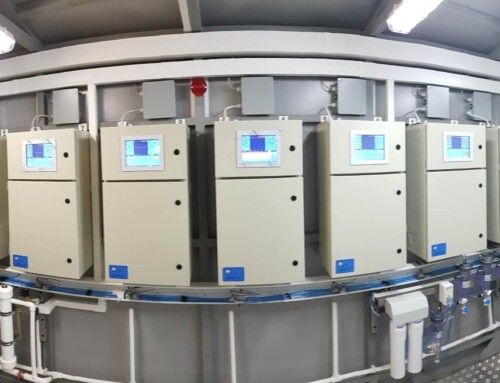
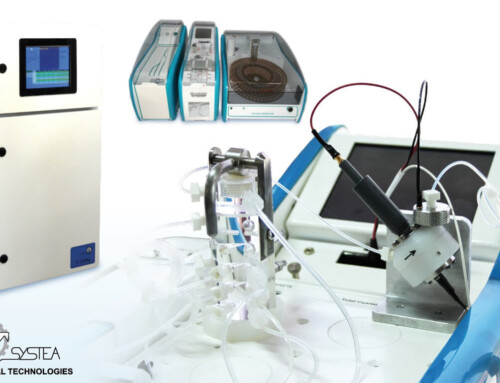
Leave A Comment